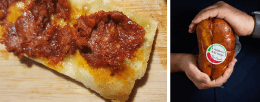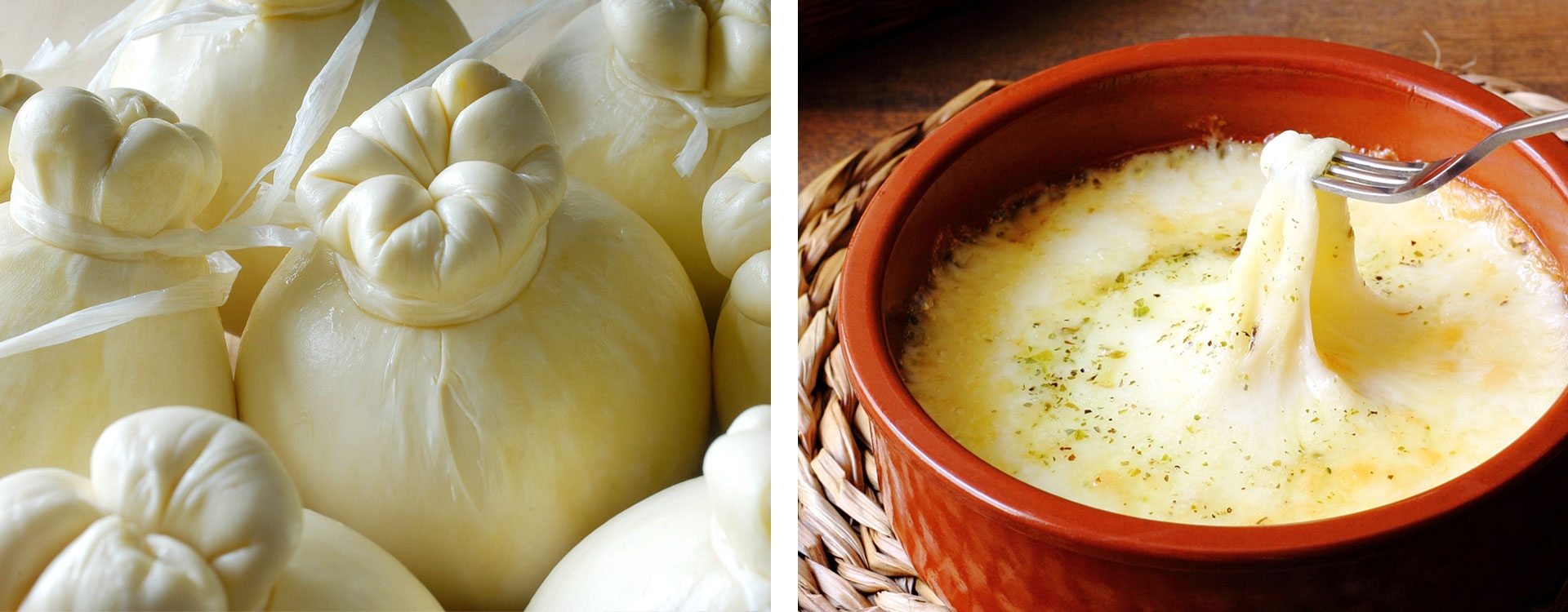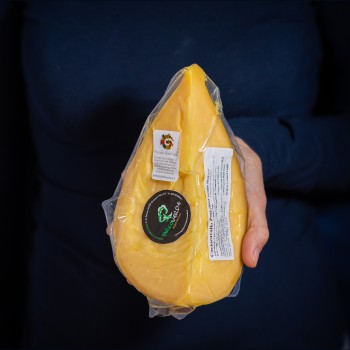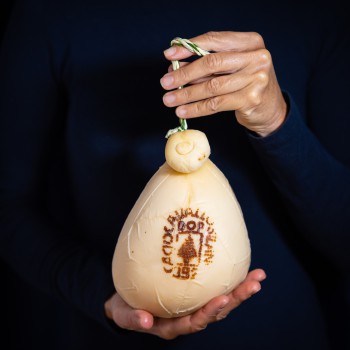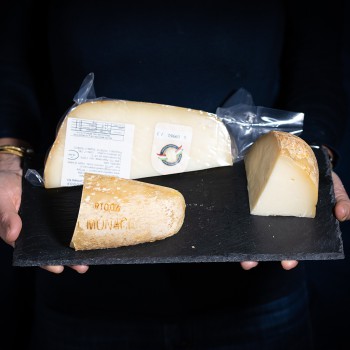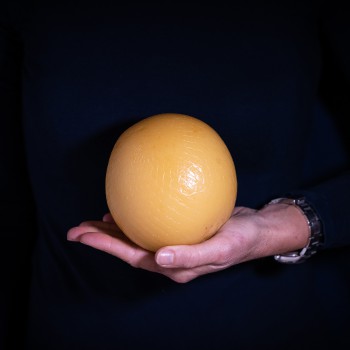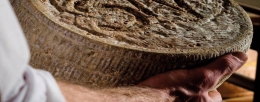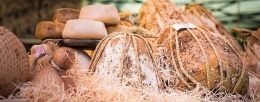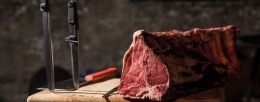Ferragosto is approaching, whip out the picnic baskets! What are we taking? All quick preparations to make and practical to carry and eat - dishes and cutlery are hardly needed! The secret? The best Italian cured meats.
Italian stretched-curd cheeses
The world of Italian cheeses encompasses a huge variety of cheese types: cheeses can be either fresh or aged, made from cow’s, sheep’s or goat’s milk, soft, semi-hard or hard, made frow raw or pasteurised milk, high- fat or low-fat – there’s an entire world worth diving into.
Today we are focusing on a specialty from Southern Italy: stretched-curd cheeses, also called pasta filata cheeses. There are many different stretched-curd cheeses and they are all delicious both on their own and as an ingredient. The best feature of these cheeses is that they melt upon cooking. They can, therefore, be added to a pasta dish, on pizza, in timbales and quiches. Want to learn more?
Pasta filata: an ancient, extraordinary ritual
Let’s begin by saying that Italian stretched curd cheeses are Mozzarella, Provola and Provolone, Scamorza and Caciocavallo. Mozzarella is Italy’s most exported cheese, but the other cheeses are becoming increasingly sought-after, too. As far as both export and domestic consumption are concerned, Italian stretched-curd cheeses are at the top of their game.
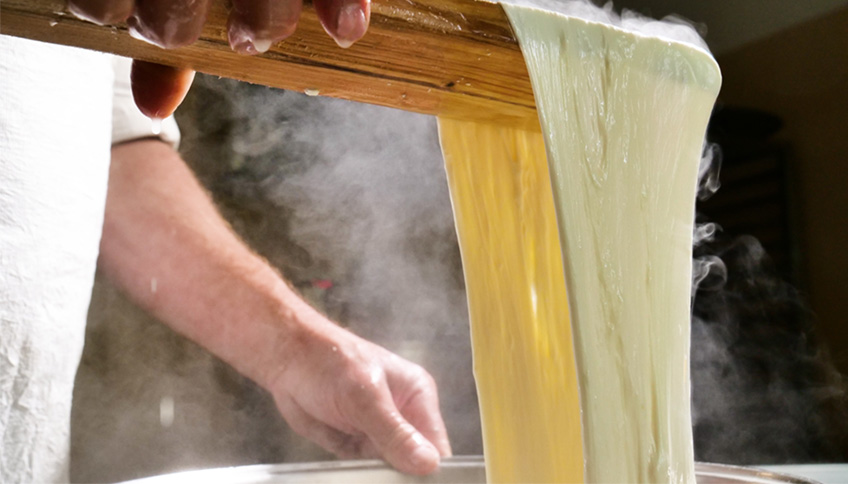
Their secret lies in the curd stretching or pasta filata technique which consists in stretching the curds into long, thin and continuous fibres. Being able to witness a curd being stretched is a real privilege. Cheese-makers stretch the curd into shiny, stretchy and sturdy fibres, showing off their incredible manual skills.
Although all these cheeses share a stretched curd as a common feature, they still have unique and unmistakable flavours. Do you want to know which ones are my favourite?
Caciocavallo podolico and Caciocavallo silano: similar, but different
Caciocavallo podolico is made in Apulia, Campania and Basilicata, while, although it is originally from Calabria, Caciocavallo silano can also be made in Apulia, Campania, Molise and Basilicata, in compliance with product specifications.
The manufacturing process of these two cheeses is very similar. Milk is heated to 38°C and rennet is added, which causes casein molecules to clump, forming the curd. The first difference lies in the curd cutting: the curd of Caciocavallo podolico is broken into grains as big as rice grains, while the curd of Caciocavallo silano is broken into pieces as big as hazelnuts. This ultimately leads to a different consistency, since Caciocavallo podolico loses more liquids and is, hence, less elastic and overall firmer.
The paste is then heated and the stretching begins. Curd stretching is the most important and spectacular step of the manufacturing process. Long and shiny fibres are formed, which cheese-makers knead into cheese balls. Cheese shaping requires great manual skills, precise and repeated movements and traditional know-how – that’s how the cheeses are perfectly shaped.
After being soaked in brine and tied, cheese wheels are left to age. Podolico ages for at least 15 days, while Silano for 30 days, although it can age as long as five to six years, in order to obtain a cheese with complex scents and an incredibly long-lasting flavour.
Provola and smoked Provoletta
Provola is another internationally beloved stretched-curd Italian cheese. The manufacturing process is similar to that of Caciocavallo cheese, with the curd stretching being the most important step.
Smoking adds a unique aroma to the cheese. Smoked Provola has a sweet, but long-lasting flavour and an instantly recognisable scent. It tastes amazing on pizza, instead of Mozzarella, and it can also be grilled or cooked a la plancha. And what can we say about the Provola alla Pizzaiola dish (Provola cheese cooked with tomato sauce) from Napoli, except that it is simply finger-licking delicious?
Provolone del Monaco
This exceptional cheese originates from the Lattari mountains, behind Sorrento. Provolone del Monaco is made from extremely high-quality milk of Agerolese cows that eat aromatic herbs typically found in the Mediterranean scrubland. Such a special milk can only turn into an exceptional cheese with a sweet and almost buttery flavour and a pleasant spicy aftertaste.
Ageing lasts for 4 to 18 months. The younger the cheese is, the sweeter the flavour is; the longer the cheese ages, the more can one find herbaceous notes, sapidity and a spicy aftertaste. It is a very versatile cheese; it tastes exceptional in Savoy cabbage roulades or with baked pasta. It also pairs well with pumpkin risotto and Pasta alla norma, but it can also be diced and added to salads or put on bruschetta.
Stretched-curd, Italian cheeses are delicacies from Southern Italy. Few ingredients and a lot of know-how, skills and experience are required to make these cheeses. Curd-stretching is a traditional ritual requiring great manual skills, as well as a show worth watching and savouring!























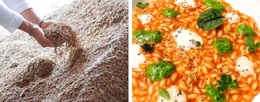
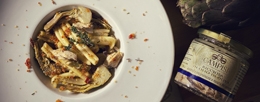

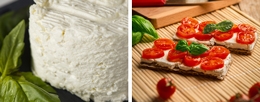
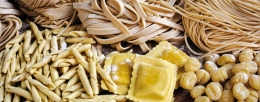

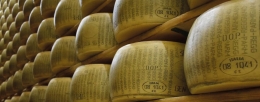
.jpg)
